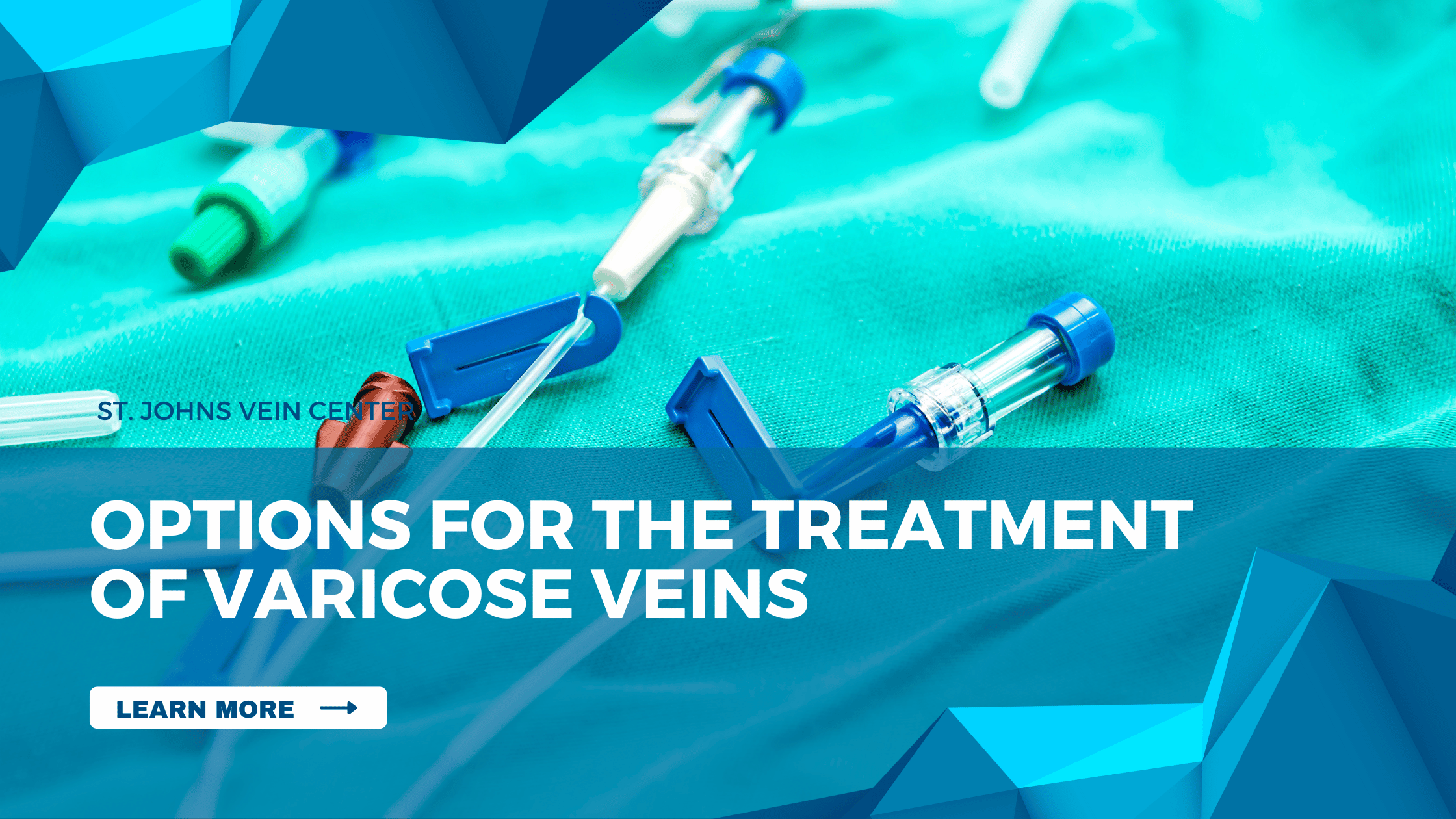Varicose veins can be unsightly and uncomfortable. But, if you’re looking for relief there are a variety of treatments available to help improve the appearance of varicose veins and reduce your symptoms. Learn more about options for the treatment of varicose veins today.
Endovenous Laser Treatment (EVLT).
Endovenous laser treatment (EVLT) is a minimally invasive procedure that uses sophisticated laser technology and infrared light to seal off varicose veins without the need for an incision. During the procedure, a thin fiberoptic probe is inserted into the vein and laser energy is applied to create heat which seals off the damaged vein. EVLT can be performed under local anesthesia in as little as 20 minutes with minimal downtime.
Radiofrequency Ablation (RFA).
Radiofrequency ablation (RFA) is an outpatient procedure that uses radio wavelength energy to heat and collapse a vein, similar to how the laser works in endovenous laser treatment. In this case, a thin catheter is inserted into the vein and a special electrode is used to emit radio waves which create heat within the vein. The heat causes the vein to collapse and be absorbed by the body over time. RFA can usually be completed in about 30 minutes with minimal pain or discomfort, making it an attractive option for those wanting quick relief from varicose veins.
Sclerotherapy.
Sclerotherapy is a medical procedure used to treat smaller varicose and spider veins. During the procedure, a doctor injects a sclerosing solution directly into the vein which causes it to collapse and be absorbed by the surrounding tissue. Typically, multiple injections are needed in order to achieve desired results, and they can last up to an hour depending on the size of the veins being treated. Following treatment, some patients may experience soreness or tenderness at the injection sites but this should resolve after a few days.
Microphlebectomy.
Microphlebectomy is a minimally invasive procedure in which the damaged veins are removed through a series of small incisions. This procedure is most suitable for larger veins and can be performed with local anesthetic. The doctor uses an instrument to remove the vein in segments, and afterwards patients can resume normal activities immediately. However, it’s important to follow aftercare instructions from your doctor as some patients may have swelling or bruising that takes several weeks to subside.
Varithena
Varithena (chemical name: polidocanol) is a prescription medication that is used to treat varicose veins. It works by causing the walls of the veins to collapse, which decreases the size of the veins and improves blood flow. Varithena is injected directly into the affected vein, and the injection process takes about 30 minutes.
Venaseal
The VenaSeal™ closure system is the first and only treatment approved for use in the U.S. that uses an advanced medical adhesive to safely and effectively close the diseased vein segment. Tumescent anesthesia is not required. Unlike other varicose vein treatments, there is rapid return to normal activities.




